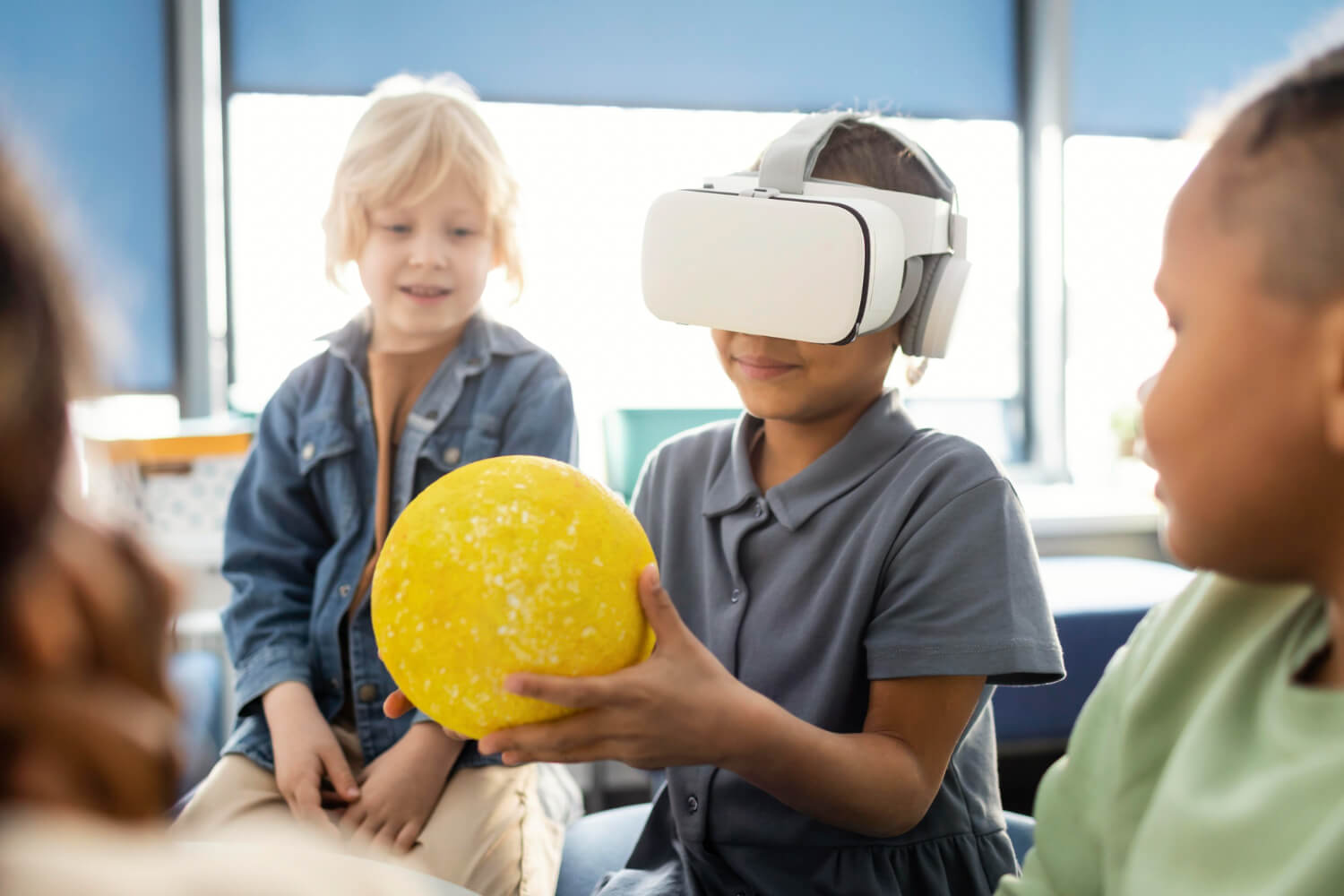Introduction
In an age where technology is rapidly transforming every aspect of our lives, integrating it into middle school education is not just beneficial—it’s essential. As the Principal of MLK Middle School, I am dedicated to preparing our students for a future where technological proficiency is crucial. My vision for the future of education at MLK Middle School includes a robust integration of technology that enhances learning, fosters creativity, and equips our students with the skills they need to succeed in an increasingly digital world.
The Importance of Technology in Education
Technology offers unparalleled opportunities to enrich the educational experience. It provides access to a vast array of resources and tools that can make learning more engaging and effective. By incorporating technology into the classroom, we can:
- Personalize Learning: Technology allows us to tailor educational experiences to meet the individual needs of each student. Adaptive learning platforms can assess students’ strengths and weaknesses, providing customized lessons that help them progress at their own pace.
- Enhance Engagement: Interactive tools and multimedia resources can make learning more dynamic and engaging. This helps to capture students’ attention and maintain their interest in subjects that might otherwise seem dry or challenging.
- Develop Essential Skills: Familiarity with technology is critical for success in the modern world. By integrating technology into the curriculum, we help students develop essential skills such as critical thinking, problem-solving, and digital literacy.
Implementing Technology in the Classroom
To effectively integrate technology into middle school education, we need to take a strategic and comprehensive approach. Here are some key components of my vision for technology integration at MLK Middle School.
Investing in Infrastructure
First and foremost, we need to ensure that our school has the necessary infrastructure to support technology integration. This includes:
- High-Speed Internet: Reliable and fast internet access is crucial for using online resources and tools. We must ensure that our school’s internet infrastructure can handle the demands of a technology-rich learning environment.
- Modern Devices: Providing students and teachers with up-to-date devices such as laptops, tablets, and interactive whiteboards is essential. These tools are the foundation of a tech-integrated classroom.
- Technical Support: Having a dedicated team of IT professionals to maintain and troubleshoot technology is vital. This ensures that teachers and students can use technology without disruptions.
Professional Development for Teachers
Equipping our teachers with the skills and knowledge to effectively use technology in their classrooms is just as important as the technology itself. At MLK Middle School, we will:
- Offer Training Programs: Regular professional development sessions focused on technology integration will help teachers stay current with the latest tools and best practices.
- Provide Ongoing Support: In addition to formal training, we will offer ongoing support through instructional coaches and tech mentors who can assist teachers as they implement new technologies.
- Foster a Collaborative Culture: Encouraging teachers to share their experiences and strategies with one another creates a supportive environment where everyone can learn and grow together.
Integrating Technology into the Curriculum
For technology to have a meaningful impact, it must be seamlessly integrated into the curriculum. This means moving beyond simply using technology for its own sake and ensuring it enhances learning. At MLK Middle School, we will:
- Align Technology with Learning Goals: Every use of technology should support specific educational objectives. We will work to ensure that tech tools are aligned with our curriculum standards and learning goals.
- Incorporate a Variety of Tools: From interactive simulations and educational games to digital textbooks and coding platforms, we will use a diverse array of tools to cater to different learning styles and subjects.
- Emphasize Project-Based Learning: Technology is particularly effective in project-based learning, where students can use digital tools to research, collaborate, and present their work. This approach not only enhances learning but also helps students develop valuable real-world skills.
Fostering Digital Citizenship
As we integrate technology into education, it’s crucial to teach students how to use it responsibly. Digital citizenship involves understanding the ethical and safe use of technology. At MLK Middle School, we will:
- Teach Online Safety: Students need to know how to protect their personal information and stay safe online. We will provide lessons on cybersecurity and digital privacy.
- Promote Respectful Behavior: Online communication should be respectful and positive. We will emphasize the importance of kindness, empathy, and integrity in all digital interactions.
- Encourage Critical Thinking: In an age of information overload, students must be able to evaluate the credibility of online sources and think critically about the content they encounter. We will incorporate media literacy into our curriculum to help students develop these skills.
Measuring Success and Adapting
To ensure that our technology integration efforts are successful, we need to continuously assess their impact and make necessary adjustments. This involves:
- Collecting Feedback: Regularly seeking feedback from students, teachers, and parents helps us understand what’s working and what needs improvement.
- Analyzing Data: Using data from assessments and performance metrics, we can evaluate the effectiveness of our technology initiatives and make informed decisions.
- Staying Flexible: The technology landscape is constantly evolving. We must remain adaptable and open to new tools and approaches that can enhance our educational practices.
Conclusion
Integrating technology in middle school education is a vital step towards preparing our students for the future. At MLK Middle School, my vision is to create a learning environment where technology enhances education, fosters creativity, and equips students with essential skills. By investing in infrastructure, providing professional development for teachers, integrating technology into the curriculum, and promoting digital citizenship, we can create a dynamic and engaging educational experience.
As we move forward with this vision, I am excited about the opportunities that technology brings to our school and our students. Together, we can create a future where every student is empowered to succeed in a digital world.
